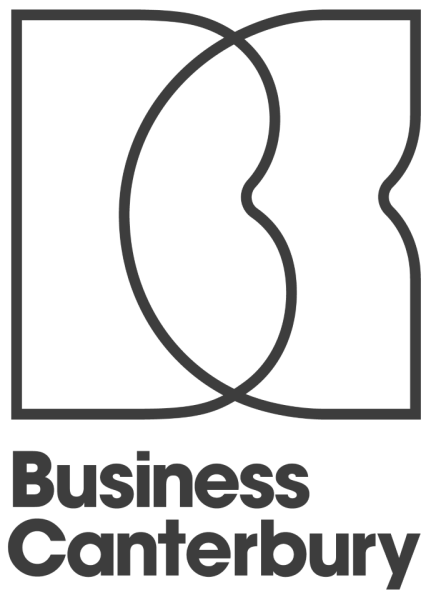In the last year the Air Force Museum of New Zealand has experienced record visitor numbers – and with the imminent arrival of a hugely popular retired aircraft, a new facility in the wings, and top listings on a global travel app, those numbers are only set to grow.
Located on the site of the former air base at Wigram, the national museum for the Royal New Zealand Air Force (RNZAF) and New Zealand military aviation traces more than 100 years of aviation history through a series of artifacts, exhibitions, and 36 historic aircraft.
The museum is on a mission to preserve and share that history for commemoration, inspiration, learning and enjoyment, says Director Brett Marshall. “Our purpose is to tell the story of service and sacrifice of all of the New Zealanders that have served in our Air Force, as well as those Kiwis who have served in allied or commonwealth air forces over the last 100-plus years.”
The museum has been gifted a name in te reo Māori, Te Whakairinga Mutu, which means the final posting. It’s a fitting name – at the heart of the museum is a roll of honour with over 4,600 names of New Zealanders who died in air force service around the world since 1915. The average age of those listed is in the early 20s.
“We know the story of every single person – the teachers, law clerks, farmers, labourers, bank tellers, carpenters, journalists – that joined the Air Force and went to war but never came home. We can enjoy the sunshine today and go about our lives because of their service and sacrifice. It’s really important that we never forget that.”
One of Christchurch’s most popular attractions, the museum is a TripAdvisor Travelers’ Choice winner, which rates it in among the top 10% of listings in the world. It’s an impressive achievement, which Mr Marshall credits to his staff. “The top 10% means that we consistently demonstrate a commitment to excellence. A large part of this is due to the high standard of our exhibitions, but ultimately it comes down to our people and the way in which we engage with our visitors.
“In addition to 30 wonderful staff, we have 50 -60 volunteers who are fantastic – they just love being here. It’s part of their DNA.’’
Visitor numbers have rebounded since COVID-19. Over the last year the museum had its highest ever visitation numbers, with over 192,000 visitors in total – over 169,000 were museum visitors, with another 23,000 corporate visitors who attended a function or event.
In total, the museum has hosted over 1,200 events in the last 10 years. The museum’s commercial events partner Venues Ōtautahi looks after the large events such as conferences, dinner banquets and school balls, with the museum also offering room hire for board meetings, training sessions or screenings. “Small room hire is a fast-growing part of our business. We’ve got a café on site to provide catering, and getting here is easy thanks and we’ve got a huge free carpark on site. Where else can you fly a de Havilland Mosquito mission or see a Skyhawk or Spitfire closeup in your break times?”
All the revenue earned from venue and room hire goes back to the museum’s trust board to ensure entry to the museum can remain free and they can continue to open every day except Christmas.
Visitor numbers were given a boost by a retired a Lockheed P-3K2 Orion, which attracted more than 9,000 visitors to four open days in April 2024. Interest is also building for the even larger Lockheed C-130H Hercules aircraft ahead of its arrival in 2025.
The Hercules is a favourite of Mr Marshall. He’s a former Hercules pilot who joined the Air Force in December 1986, earning his wings at Wigram. Since then, he’s had various roles, including serving on peacekeeping missions to Somalia, Macedonia, and East Timor. He is a former New Zealand Defence Attache to Italy, RNZAF Air Adviser to the UK and he ran the Defence Force Youth Development Unit. He took up the museum director’s role in 2019 and is still on active reserve for the RNZAF.
The arrival of the Hercules will build on the success of the Orion, says Mr Marshall. “They’ve been the mainstay of the RNZAF since the 1960s and hold a special place in the public’s imagination. The Orion performed 54 years of service to the nation, and the Hercules have been in use for almost 60 years. They are iconic aircraft that most people would be familiar with which gives us an interesting challenge in terms of building a new space for them – but it is a good problem to have since they are such drawcards for visitors.’’
The new space will cost around $15 million. Christchurch City Council has already earmarked $5 million in its long-term plan to support the project, with the remainder to be raised by the museum – hopefully by 1 April 2027 to mark the 40th anniversary of the museum opening and the 90th anniversary of the RNZAF. “The beauty of the museum is that the local community has a great local attraction with an economic benefit to the city in the millions every year – and the ratepayer doesn’t have to put a cent into it.
“We believe that there will be a 10% increase in visitation to the museum once these aircraft go on display which we estimated will contribute an addition $3 million a year to the Canterbury economy. We’re very fortunate that the council can see the benefit and we hope that our local business community will support us as well.”
The 37-hectare former air base at Wigram also provides a blank canvas for groups with outdoor requirements as diverse as drone courses, aerospace testing and driver training, with organisations such as Dawn Aerospace, the University of Canterbury and Police making the most of the outdoor space and taxiways. Selwyn House School also recently held a week-long space camp for over 80 students on the grounds – a small portion of the over 5,000 school students who visit the museum every year.
The ability to engage with a wide range of groups in the community is a key focus for the museum moving forward, says Mr Marshall. “Our focus is really around being a ‘museum plus’. This will help to ensure the long-term commercial viability of the museum, and that it remains free for people to visit and commemorate and celebrate our rich aviation history.”










